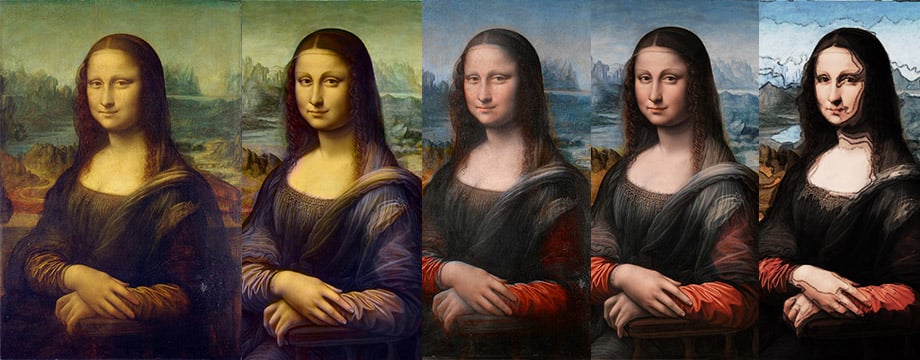
Working out what images you are and aren't allowed to use can be tricky. This guide will hopefully clear up a lot of common questions.
Contents
- Introduction
- Quiz
- What is copyright?
- What can I do?
- Licensing
- Personal Use
- Adaptations, alterations and compositions
- Derivatives and ‘Fan Art’
For the most up to date information, visit the government website on copyright.
If you are visiting from a country other than the United Kingdom, then please check your local copyright laws.
If the image you’re hoping to use is from a country other than the United Kingdom, then different laws may apply to the copyright on that image.
This information is provided as guidance only. Prinfab® accepts no liability for checking whether or not you have the necessary permissions to use a specific image for your end use.
Introduction
Copyright law gives control to creators, writers and artists over the ways in which their works may be used.
This guide will give a brief outline of the rules and regulations regarding copyright, as well as give some guidance as to whether you’re allowed to use certain images for printing onto fabric.
Quiz
Take the copyright quiz to determine whether or not you can use an image for printing onto fabric.
What is copyright?

Copyright is a law that applies to any work created by someone that prevents people from:
- copying it
- distributing it (for free or for resale)
- renting or lending it
- performing it
- making adaptations of it
- putting it on the internet
It applies automatically to anything that has taken a level of skill and labour to create, and that is the author’s own intellectual creation.
Some common things that copyright applies to:
- Photographs
- Paintings
- Drawings
- Patterns
- Films
- Songs
- Broadcasts
- Maps
- Military Insignia
- Books
- Plays
- Logos
- Album Covers
- Movie Posters
- Lyrics
- Characters
- Camouflage
- Football Club Logos
If you wish to print any of the above onto fabric, and you do not own the copyright or have permission from the copyright holder to do so, then you cannot do so.
What can I do?
If you are the creator of the work in its entirety, then you own the copyright to that work and can use it how you please. There is an exception to this rule, in that if you created the work while under employment and it was created as part of your job, your employer may own the copyright.
If the work, or any part of the work, is someone else’s copyright, then you will need their explicit permission to use it.
There are a few exceptions to these rules. You can use a copyrighted work even without permission for:
- Study Purposes (private or non-commercial research)
- Criticism and news reporting
- Caricature, parody or pastiche
- Helping Disabled People
- Royal commissions, statutory enquiries, judicial proceedings and parliamentary purposes
- Fair Dealing
Please see the gov.uk page on exceptions to copyright for more information.
It is important to note that for the uses above, the work would still have to be procured lawfully. You do not have a right to access a work, even if you may use it without the authors permission.
Licensing
Work can be licensed for use by someone other than the copyright holder.
The license can be issued freely, or copyright holders can charge for the privilege. There may be restrictions on what the work can be used for.
A common restriction for free licenses is that attribution must be present, and that you are not allowed to re-sell the work for profit.
Another restriction is on the amount of copies that may be made. For example, a personal license might grant you a single copy, whereas a commercial license might grant you 1,000 copies.
Personal Use
It is not acceptable to use copyrighted work for personal use without the explicit permission of the copyright holder.
Adaptations, alterations and compositions
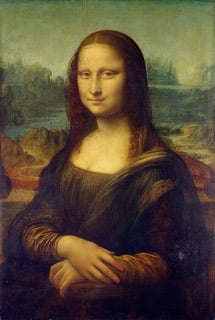


The use of copyrighted work in adaptations, alterations and compositions is not allowed, unless the inclusion is incidental, or the work is altered significantly.
For example, painting a copy of an artwork, even if it’s a little bit different, may still violate copyright. Adapting an artwork to your own style may also violate copyright law, unless it’s truly transformative and distinct from the original.
A great example of this is Roy Lichtenstein’s copy of Van Gogh’s Bedroom in Arles. It has the same composition, but is completely different stylistically.
Compositions created with copyrighted works are also not allowed, for example creating a collage out of album covers.
Pastiche is allowed - doing your own artwork the style of another artist. For example, painting a portrait in the style of Roy Lichtenstein is allowed.
Derivatives and ‘Fan Art’
Fan art, sequels or derivative works are generally not allowed without explicit permission from the copyright holder.
This includes using a recognisable character and adapting it to your own art or drawing style, or creating a work so similar as to be the same except in a few regards.
Some copyright holders of famous works publicly announce their policies with regard to fan art and derivatives, however, you should be careful as your intended use may not match up with the original author’s expectations.
It is always better to seek explicit permission than to make assumptions.
How to Get Permission to Use an Image
The easiest way to get permission to use an image is to ask the copyright holder.
Quite often, doing an internet search for the name of the creator will yield contact and/or licensing information.
A lot of artists actually license out their work to stock websites or agencies, so quite often you can purchase a specific licensed work without having to contact the original author.
You can view the government guidelines on using somebody else’s intellectual property here.
Some authors will release their work under the Creative Commons licenses, which may cover the image for your intended use case.
Copying something you already own
It is generally not acceptable to create additional copies of something you own.
For example, scanning in wallpaper to create a matching print on fabric requires permission from the original copyright holder of the wallpaper pattern.
What if I can’t find the copyright holder?
If you cannot find the original copyright holder, mechanisms exist to help you find them.
Please see the government advice on using somebody else’s intellectual property here for more information.
Examples
Okay |
Not Okay |
|---|---|

Original drawing by the author featuring an original character. |
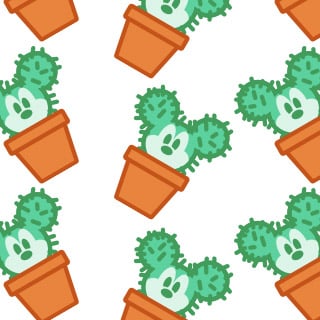
Original drawing by the author featuring a copyrighted character. In this case, the copyrighted character is Mickey Mouse which belongs to Disney. |
Okay |
Not Okay |
|---|---|

Photograph released into the public domain by NASA. Image number |
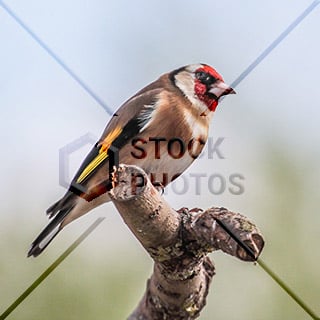
Copyrighted photo that you do not have permission to use. |
Okay |
Not Okay |
|---|---|
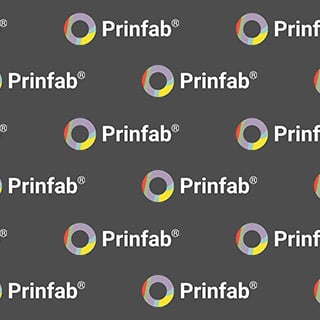
Your company logo. |
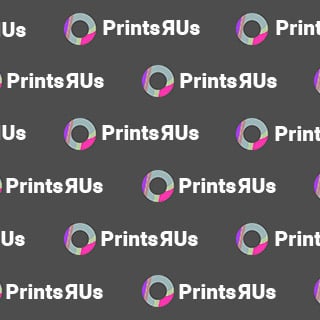
Another company's logo used without their explicit permission. |
Okay |
Not Okay |
|---|---|
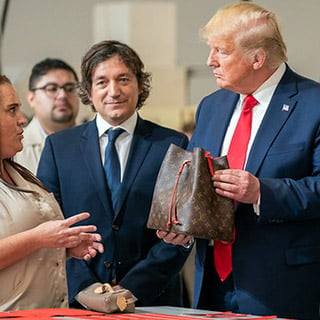
Original photograph, where the Louis Vuitton copyrighted pattern is only included incidentally. Image released to the public domain by the White House. Official White House Photo by Shealah Craighead. |

Louis Vuitton copyrighted pattern dominant feature of the image, used without their permission. |
Okay |
Not Okay |
|---|---|
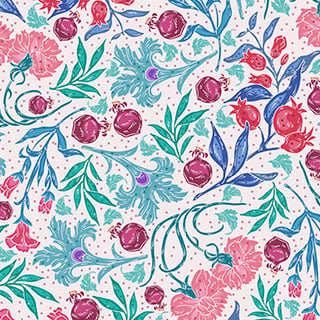
A design licensed from an agency representing the artist. |
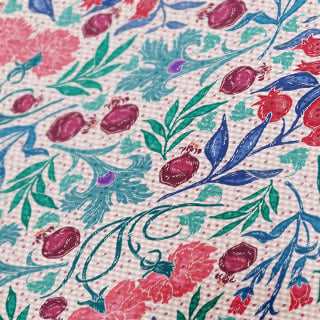
A scan of some fabric/wallpaper that you've purchased and wish to recreate. |
Contents
- Introduction
- Quiz
- What is copyright?
- What can I do?
- Licensing
- Personal Use
- Adaptations, alterations and compositions
- Derivatives and ‘Fan Art’
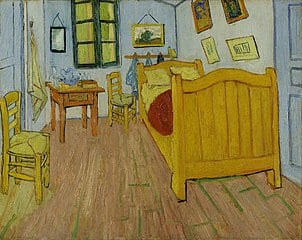
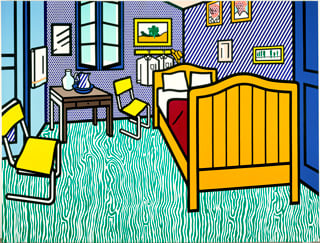
